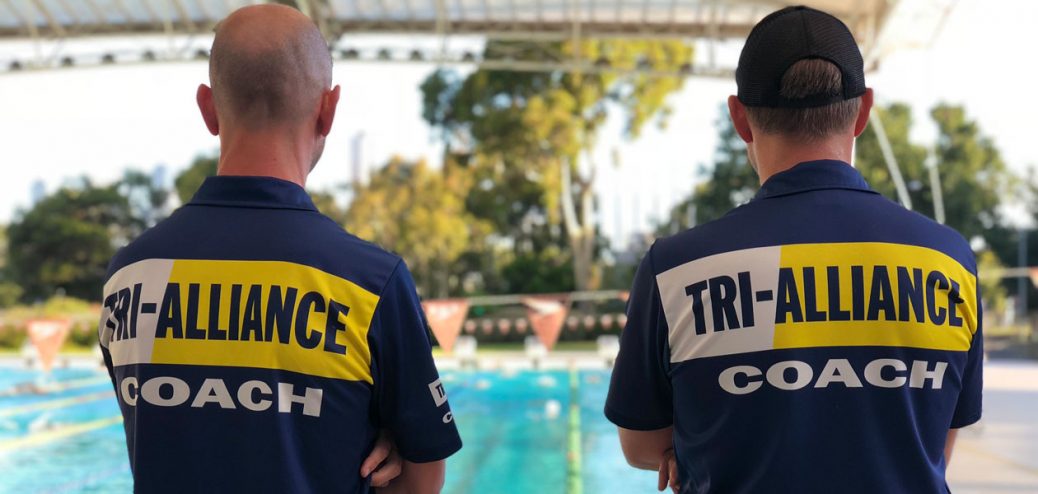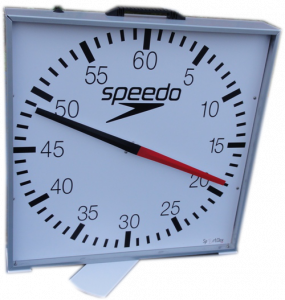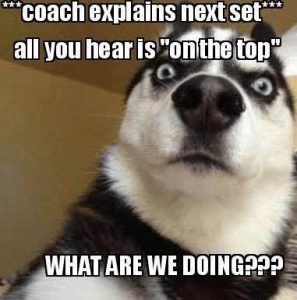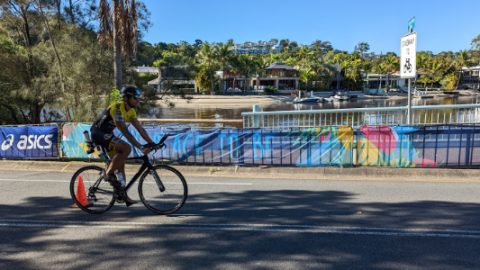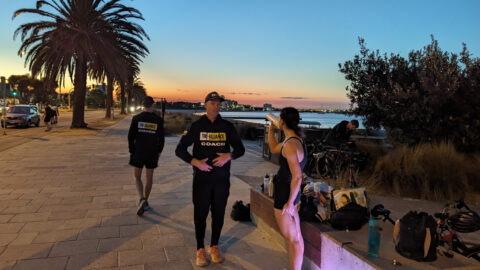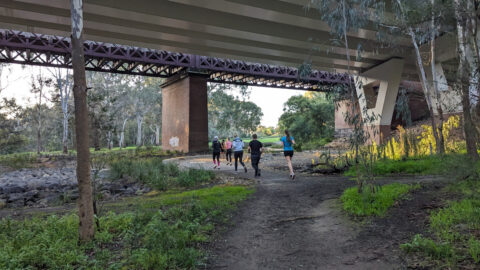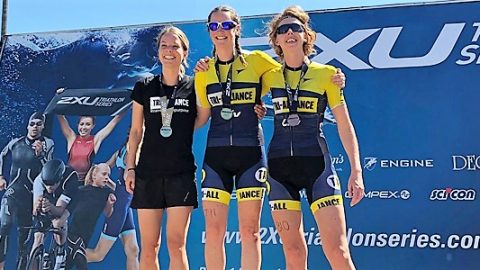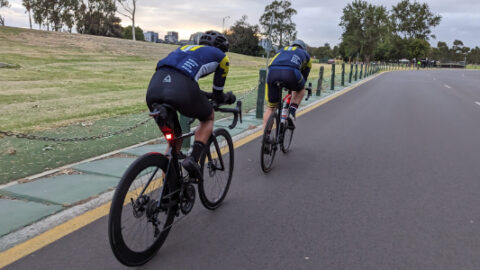SWIM BLOG - Weekesy In The Water
A few of you have heard me comment recently that there is a handful of things you can be doing in the water to make you better swimmers, regardless of your experience, fitness or natural ability. The following habits are strongly encouraged! The aim is for other swimmers and members of the public to look across to the Tri-Alliance lanes and think ‘wow, those guys are well-drilled and know what they’re doing!’:
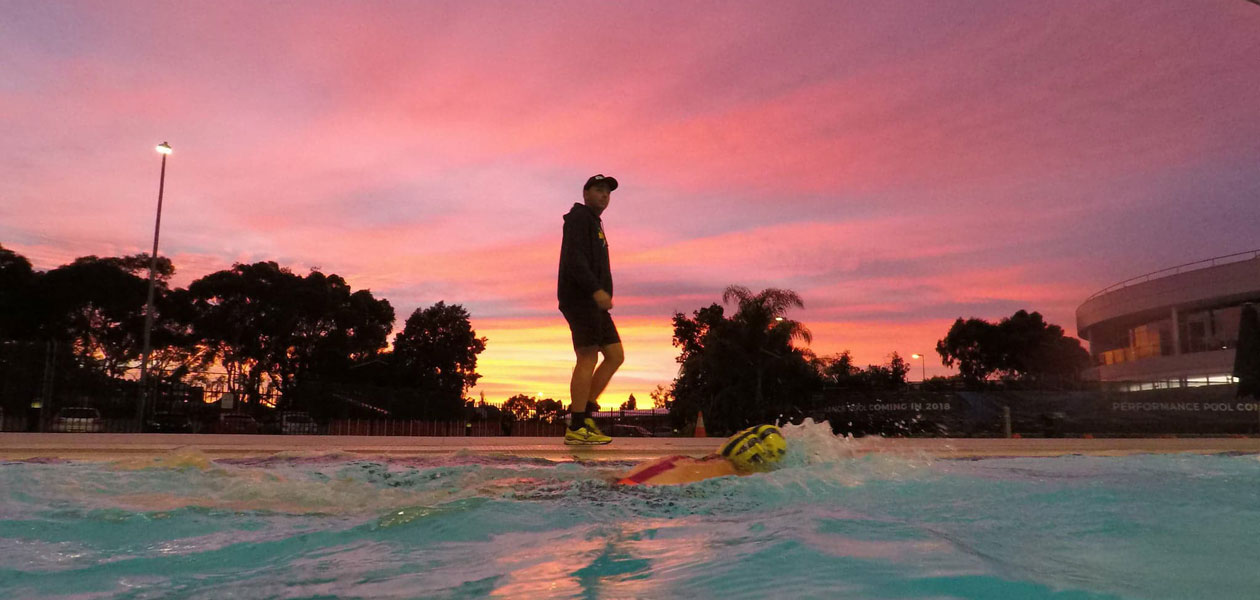
Good Habits:
- If you arrive at the pool session late, ascertain where the leading swimmers are in the set and start your own warm-up at the same stage. Please don’t start the warm-up from the beginning if you know you are 200-300m behind the leaders. This is very important if swimmers are alternating backstroke and freestyle as there will be constant overtaking. Plus, we start the main set once the lead swimmer has finished the warm-up, rather than when the late-comers are good and ready.
- When you finish any interval or set, move off line to allow others to finish on the wall. This must happen before you remove any tools because the swimmer 5 seconds behind you wants [needs!] to finish on the wall. The ONLY exception to this is on fast intervals with limited rest which means the front swimmers are leaving soon and need the lane clear.
- Watch the lap clock. If you aren’t familiar with the lap clocks at the either end of the pool – and the phrases coaches use in relation to them – read below. Every swimmer must be aware of when they leave and arrive at the wall. Try and ditch the habit of relying on a coach to tell you when to leave the wall. If you are aware of your leaving and arrival times, you can gauge your progress over the months without waiting for TT results. I also encourage the ‘marshal’ (or time-keeping lead swimmer) in each lane to communicate the take-off time to those behind them, and so on down the lane. Just a simple “10 seconds to go” lets swimmers know when they are expected to leave the wall.
- Constantly be aware of the swimmers in front and behind you. Sometimes swimmers will be lapped, which is unavoidable with busy swim sessions. If your own take-off time means you might push off in front of a faster swimmer who isn’t stopping, wait for them to pass. It is bad form to push off right in front of someone who will then have to negotiate an over-take 3 seconds later.
- Read the programme. Yeah okay, this sounds a little obvious but the swim sets are typically stuck to the start block and on the A-frames at the end of the lane. With big winter sessions on the cards, we have a lot of laps to get though so if swimmers know the sets before they start, the coaches only need to go over them once. Worst case scenario, have a glance at the next few 100m so you know what to expect.
- Garmins. Now, I like a bit of science, and using devices to check numbers is something I am all for. But… please be mindful of getting stuck into a mindset that smashing out a certain distance or time in the pool will make you a better swimmer. It won’t. If you’re swimming that hour, or 2km with bad habits all you are doing is enforcing the wrong thing. By all means use the Garmin for monitoring heart rate and even interval times if you really must but as an aside, squad swimmers don’t use Garmins to monitor their efforts – they use the lap clock. My pet peeve is people finishing at the flags i.e. 5m from the end of the pool, and playing with Garmins having just cheated yourself on a lap of 45m rather than 50m.
- Intervals and rest. Most of you will know that interval training gets results. That said, the rest is just as important as the work interval. No-one should be missing the rest portion to convert an interval workout into a continuous swim. If you do, the quality will continue to decrease during the work portion. If you are falling off the pace just a little make sure you take a 5 second rest AT LEAST. If you are falling far off the back speak to the coach and get advice; continuous swims and interval workouts are for differing purposes and intervals mean work PLUS rest.
- One for Lane 0 only… you can fit an awful lot of swim tools on the deck at the end of the lane and around the start block. Have a look across to lanes 1 and 2 and see that they have no choice but to make it work without lining up swim tools halfway to Port Melbourne on the side of the pool. In reference to my second point above, try not to encourage cutting laps short by leaving gear more than a couple of meters from the end.
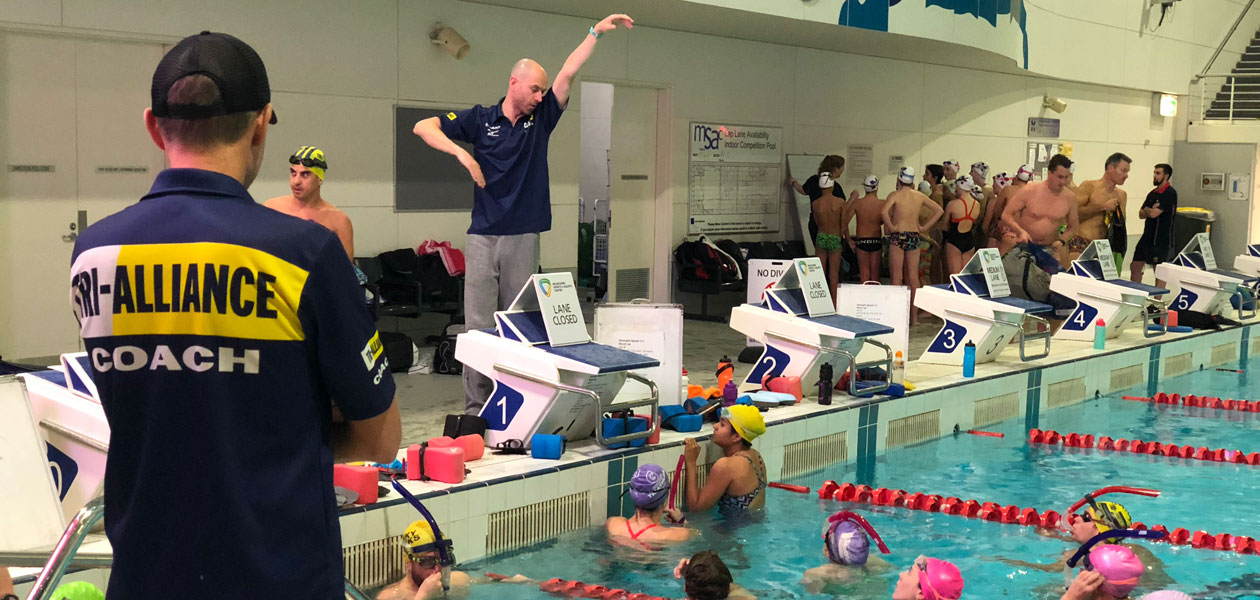
Coaches’ Terms:
- “Take-off Time” – This is the time in minutes and seconds to complete the swim AND rest. Basically, you leave the wall (Take off) at this time each interval. If the take-offs are 2 minutes, you should be leaving the wall every 2 minutes after swimming and resting
- “Red Top / Black Top” – The lap clocks at either end of the pool have just one spinning hand measuring seconds in sets of 5 from 0 to 60 (one minute). This hand has a red half and a black half. If the coach says ‘red top’ the lead swimmer will leave the wall when the red side of the hand hits the ‘0’ at the top of the clock (12 o’clock on a normal clock face). Similarly, you might hear ‘black 15’ or ‘red 45’ this just means which colour and on which marker. (15 = 3 o’clock on the clock face, 30 = 6 o’clock, 45 = 9 o’clock etc.)
- “T1 – T5”. This is probably known by most, as they are gauges of pace and effort used in all 3 disciplines of triathlon ranging from super easy recovery (T1) to a full gas effort (T5). Think of the zones as 20% increments or gears up to 100% i.e. T2 = 40% and T4=80%.
- “PB” – Pull Buoy
- “P” – Paddles
- “B” – Band
- “F” – Fins
- “S” – Snorkel
Coach Dan Weekes

